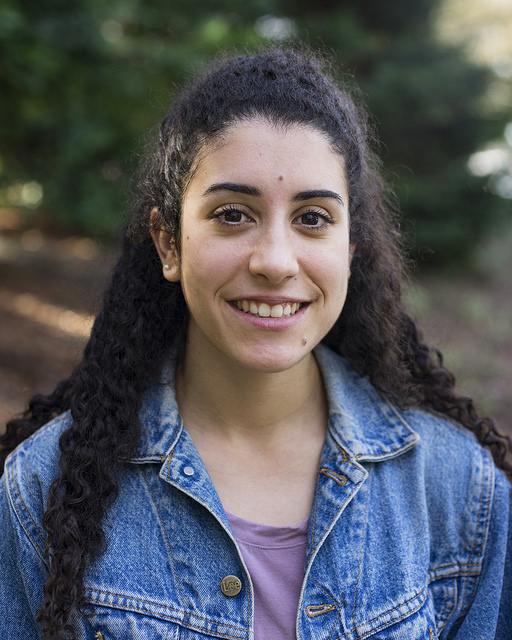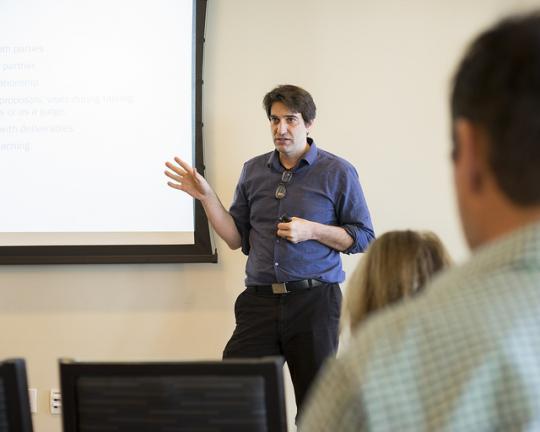STEM Reaches the Community
"That is the basis of service-learning and community engagement;having a strong partnership." Dr. Qualls and the rest of the STEM faculty have been very successful in educating their students over the years, but the professors within this department have begun questioning how they can incorporate service-learning into their classrooms. Dr. Jeremy Qualls, SST Director of Academic Planning and Resource Science and Associate Professor at Sonoma State University led a workshop for professors in the STEM department to give insight on how to engage the STEM program with a community partner.
Dr. Qualls touched up on topics such as creating more internship opportunities for students, leading service-learning projects, and finding a community partner. Although he used a few of his own examples to explain these cases to his fellow professors by sharing his own experience with creating a community partnership and running a service-learning project with SSU students. Dr. Qualls encouraged his fellow professors to establish a stable relationship with their students and with their community partner by being an opportunist, recognizing good fits, and understanding that their students may not always be easy to cooperate with during service-learning projects. He also recommended allowing their community partner to take part in the process of planning projects in order to strengthen the relationship.He said he learned a lot by observing another faculty member, Dr. Nathan Rank, interacting and introducing a community partner to his class. As a result of this insight, the CCE is now considering developing an SSU faculty service-learning mentoring program.
Related: Spotlight: Service-Learning Case Study in Biology
Although I am not part of the STEM department, I enjoyed this seminar because it showed the importance of engaging students with the community and how it is continuously becoming more vital to professors and their students. There were a couple of professors who have never done service-learning with their students and a couple who had more experience, so it was interesting to see this department engage with each other over ways they can reach the community as well. Dr. Lares, a fellow professor in the Chemistry department was very attentive during this meeting and asked for more ways she can engage students, and the others gave insight on what is the most beneficial for them. I hope to see more professors come together to brainstorm ways to connect students to the community.

Author: Jessica Pereira



